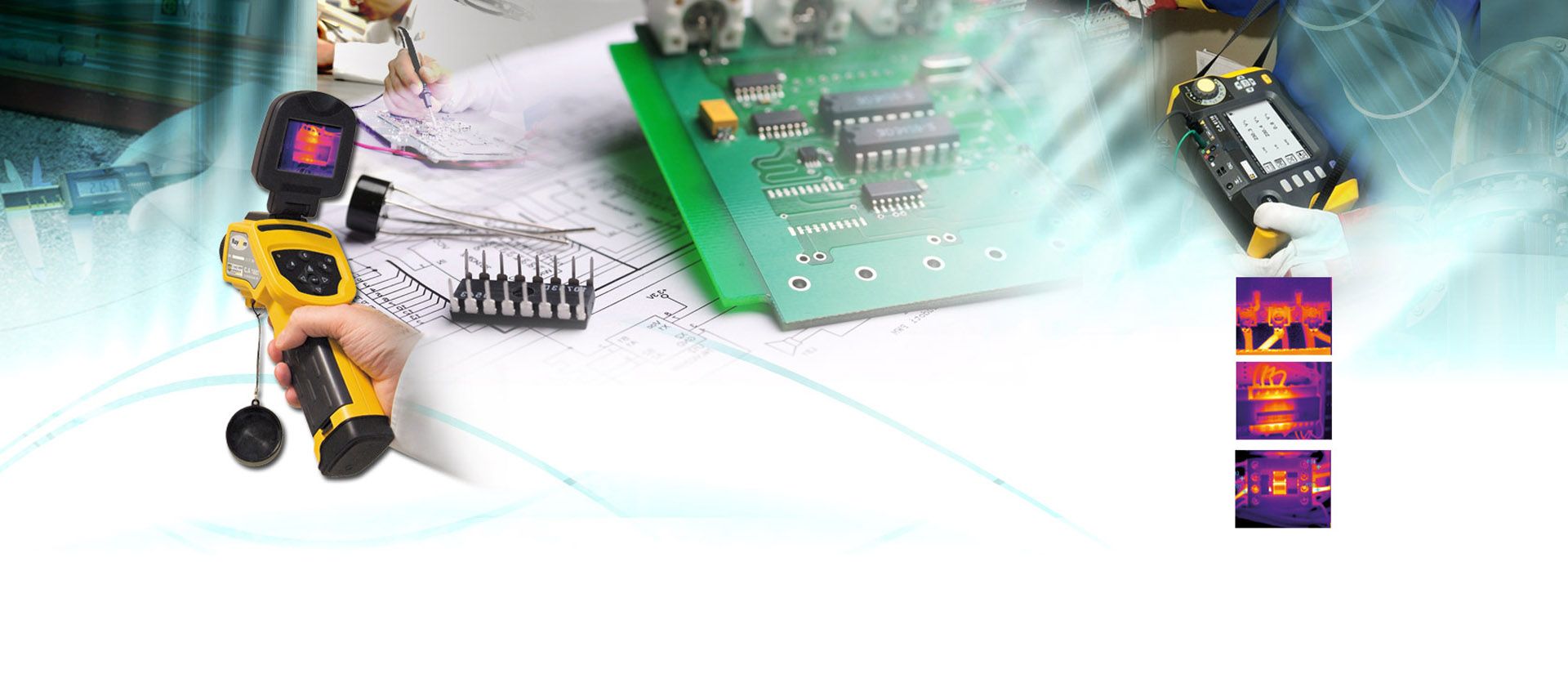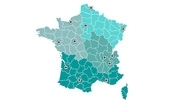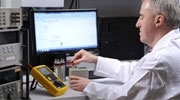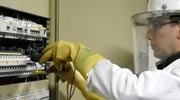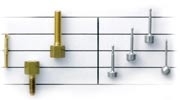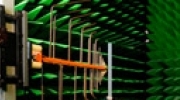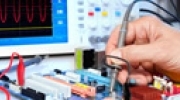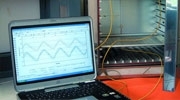Chauvin Arnoux Group news
Careers
Rail: our Relays offer
There are relays for every sector of activity. Some are covered by very strict standards. In particular, this is the case for the rail and energy sectors.
Chauvin Arnoux Energy relays are designed to comply
SNCF and RATP certifications
|
Chauvin Arnoux Energy relays are recommended by energy suppliers and comply with the following standards:
EDF, ENEL and TERNA certifications
K3 qualification for use in nuclear power plants: |
Which relays can be used in rail power supply substations?
| Control system in traction power-supply substation cabinets | 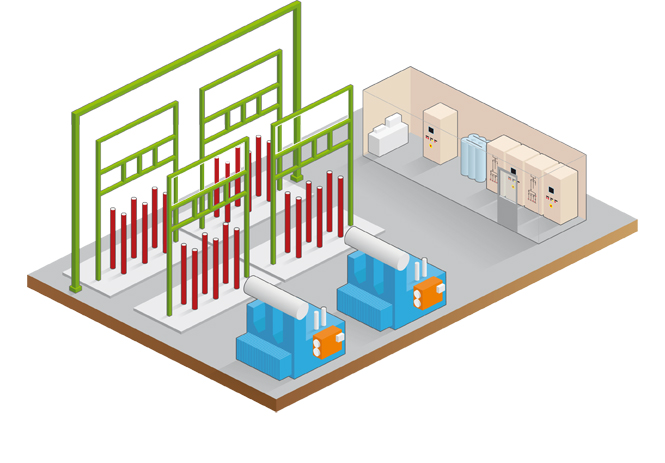 |
Which relays can be used in railway rolling stock?
|
For control of the on-board electrical command systems:
For command-control of the braking systems: |
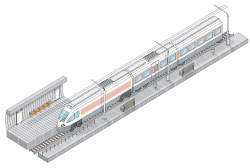 |
Which relays can be used in power production plants?
|
A range of relays to meet the needs of:
|
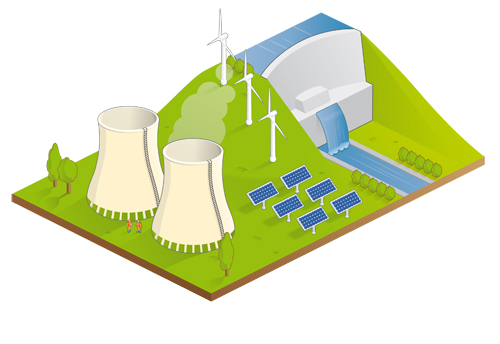 |
Which relays can be used in nuclear power plants?
|
To fulfil the safety requirements specified by customers in the nuclear sector, Chauvin Arnoux Energy launched a specific initiative for this cutting-edge industry with a K3-qualified offering. K3-certified instantaneous relays |
 |
Customer references
Energy sector
EDF (France)
ENEL (Italy)
TERNA (Italy)
ALSTOM (France)
RED ELECTRICA (Spain)
CIE (Côte d’Ivoire)
EDL (Lebanon)
EDM (Mali)
EDP (Portugal)
EGAT (Thailand)
ELECTROLIMA (Peru)
ELES (Slovenia)
EWR (Saudi Arabia)
GUANGDONY NPP (China)
ITAIPU (Brazil)
KHNP (Korea)
KOEBERG NPP (South Africa)
LINGAO NPP (China)
MEW(Qatar)
NEK (Bulgaria)
ONE (Morocco)
PEA (Thailand)
PLN (Indonesia)
PGCI (India)
RTE (France)
SONELGAZ (Algeria)
STEG (Tunisia)
SONABEL (Burkina Faso)
Rail sector
SNCF (France)
RATP (France)
BOMBARDIER (Canada)
ANSALDOBREDA (Italy)
FIREMA (Italy)
ALSTOM (France)
CAIRO SUBWAY (Egypt)
EUROTUNNEL
MÉTRO DE ROUEN (France)
RTM (France)
An economic necessity
Precise analysis of the electrical network to track disturbances affecting the operation of electronic equipment

The quality of electricity is a strategic concern for energy suppliers, staff maintaining or managing tertiary or industrial sites and electrical equipment manufacturers.
The cost of disturbances (outages, voltage dips, harmonics, voltage surges, etc.) may be particularly high and cause significant financial losses: production shutdowns, wastage of raw materials, malfunctions of lighting, computers and security systems which may threaten people's safety (hospitals, airport lighting, etc.). This means it is important to optimize the operation of electrical installations by detecting any electromagnetic disturbances liable to affect the operation of industrial equipment and processes.
Often implemented following operating incidents or malfunctions, corrective measures can only be applied after precise analysis of the electrical network:
• Collection of the network information (types of loads, ages of the components, etc.)
• Identification of the equipment affected by the disturbances
• Environmental conditions (humidity, dust, temperature, etc.)
• Installation of fixed measuring equipment for constant monitoring of the installation in order to detect and record the event which originally caused the problem (threshold overshoots, waveforms, harmonics, etc.).
Compliant with the EN 61000-4-30 Class A standard, the products in the MAP range record the relevant parameters and, by means of associated software, provide continuous, detailed and comprehensive analysis of the quality of the electricity supplied, in accordance with the applicable standards. Whether you choose a plug & play single-phase analyzer or permanent or non-intrusive three-phase analyzers, all these Chauvin Arnoux Energy products measure all the parameters of HV/MV/LV electrical networks.
The Enerium 300 power monitor can also be adapted for network analysis at the LV general switchboard (internal quality of the networks downstream from the point of supply). This power monitor is ideal for analysing events on the network (voltage dips, outages, surges, etc.) according to the EN 50160 standard.
Alongside all the measuring instruments, don't forget the current transformers!
The EN 50160 and IEC 61000-4-30 standards
For electrical power distributors, it is essential to supply a quality product, i.e. a voltage at 50 Hz (or 60 Hz), which is sinusoidal, three-phase and balanced below a rated value. This means the bill sent to the customer is consistent. To help distributors and users to monitor and improve electrical network quality, several standards have been established.
The EN 50160 standard specifies the principal quality characteristics of the voltage supplied by the MV and LV public distribution network at the point of supply: frequency, amplitude of the waveform, symmetry of the three-phase voltages during a predefined observation period. It indicates the limits or the values of the voltage characteristics which any customer has the right to expect.
Alongside this, the IEC 61000-4-30 standard was drafted to measure the various voltage quality parameters and obtain reliable, reproducible and comparable results, whatever the measuring instrument used and whatever the environmental conditions. This standard defines the measurement methods for each parameter and how to interpret the results. It also specifies the precautions to be taken when installing measuring instruments on live circuits.

Statistical view of the events in relation to the ITI templateQualifying power quality on the electrical network
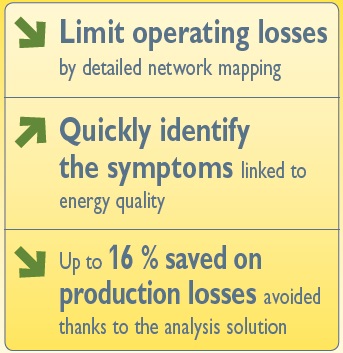
Once the objectives have been clearly defined, you must:
• Measure the qualimetric parameters of the installation: voltage, frequency, unbalance, flicker, remote control signals, harmonics and interharmonics, voltage surges, etc.
• Capture the events: voltage dips and surges, waveforms, transients, peak detection, etc.
The solution chosen involves installing network quality analyzers which comply with the IEC 61000-4-30 Class A standard downstream from the power and current transformers (MV level) in order to measure the quality of the power coming from several points in the electrical network.
Download the Case Study








